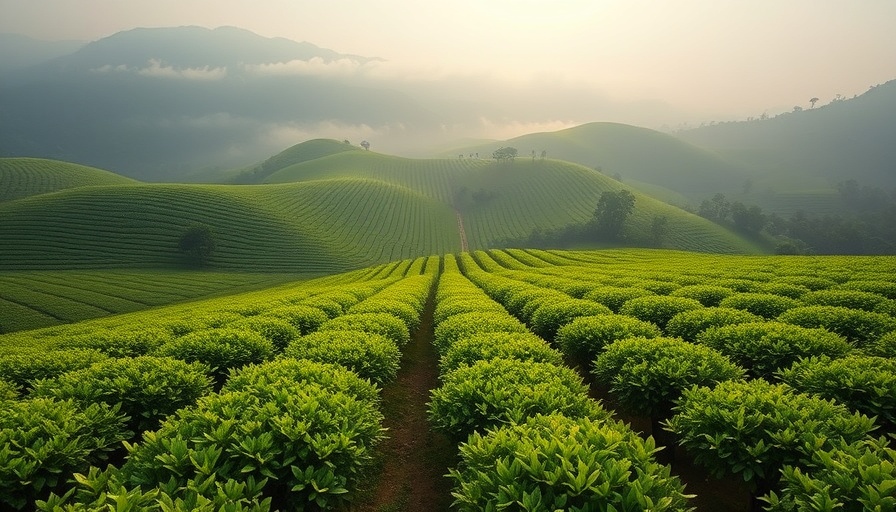
The Unfolding Matcha Crisis: What’s Really Happening?
The world of matcha, the vibrant green tea powder cherished for its health benefits and rich flavor, is facing an unprecedented crisis. A mix of climate change, supply chain disruptions, and increasing global demand has led to a significant shortage of this beloved ingredient. Producers in Japan, the heart of matcha cultivation, are struggling to meet the rising enthusiasm from Western markets, particularly in the U.S. where matcha-flavored products are proliferating.
The Background Behind the Shortage
Historically, Japan has enjoyed a near monopoly on matcha production, particularly in Uji, Kyoto. Local farmers, known for their dedication to traditional cultivation methods, are facing challenges with fluctuating weather patterns impacting crop yields. According to the Japan Tea Export Council, 2022 saw a 20% decrease in matcha production compared to previous years. Such shortages aren’t just affecting prices; they’re fueling tensions among matcha enthusiasts globally.
Social Connections: How Shortages Affect Communities
The passion for matcha often fosters a community among its fans, from cafés to social media groups. However, the current shortage has sparked unusual divides among them. On one side, there are consumers advocating for sustainable sourcing, insisting on supporting local farmers in Japan. Meanwhile, others are seeking alternative sources, escalating competition and frustrations within local markets. The shared love for matcha is quickly becoming entangled in complex issues of sustainability and accessibility.
Experience vs. Environmental Impacts: A Parallel Perspective
In a parallel to the coffee industry, where sourcing sustainably has become a key issue, matcha proponents are beginning to grapple with similar dilemmas. Consumers often equate premium pricing with superior quality, but environmental impacts and ethical sourcing are now igniting crucial conversations in the matcha community. This scrutiny can lead to more informed purchasing decisions but can leave some feeling excluded or elitist.
Future Predictions: The Matcha Market Ahead
As matcha lovers face shortages, industry experts predict that the prices of matcha products may continue to rise. A loyal consumer base wants to maintain their consumption habits, yet the economic pressures could drive some to consider alternatives like ceremonial grade teas from non-Japanese suppliers. The ongoing evolution of this market will also depend heavily on the industry’s response to sustainable practices and transparency in the supply chain.
Counterarguments: Different Perspectives on the Shortage
While many see the shortage as a crisis, some argue that this may also serve as a wake-up call for diversification within the industry. Alternative growing regions and blends may emerge, allowing consumers to explore new varieties and potentially stabilizing supply. Additionally, advocates for broader sources suggest that this shift could introduce exciting flavors and health benefits, contributing to a richer global tea culture.
Actionable Insights: How to Adapt to the Matcha Shortage
For matcha lovers, the current predicament presents both challenges and opportunities. Here are some actionable steps to make the most of the situation: 1) Explore alternative brands that offer sustainable sourcing. 2) Experiment with other green tea varieties to expand your palate. 3) Educate others about the importance of sustainability in matcha production. Such proactive measures can contribute positively to the community, fostering resilience amid shortages.
This unfolding tale of matcha highlights the intricate web of global trade, environmental concerns, and consumerism. It invites not just reflection on our personal consumption habits but also on the larger narrative surrounding food sourcing and community. As consumers, we wield the power to make choices that not only satisfy our cravings but also support sustainable practices, ensuring future generations can enjoy this unique green tea.
 Add Row
Add Row  Add
Add 



Write A Comment